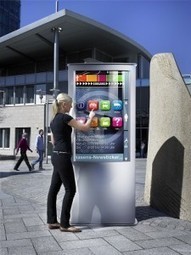
internet kiosk
Information Kiosk
1. Kiosks can be indoors or fully weatherproof outdoor units – leaflets don’t function well in wind and rain. 2. A kiosk with an inviting welcome screen is a point of interest and draws …
See on www.sentios.co.uk

internet kiosk
1. Kiosks can be indoors or fully weatherproof outdoor units – leaflets don’t function well in wind and rain. 2. A kiosk with an inviting welcome screen is a point of interest and draws …
See on www.sentios.co.uk